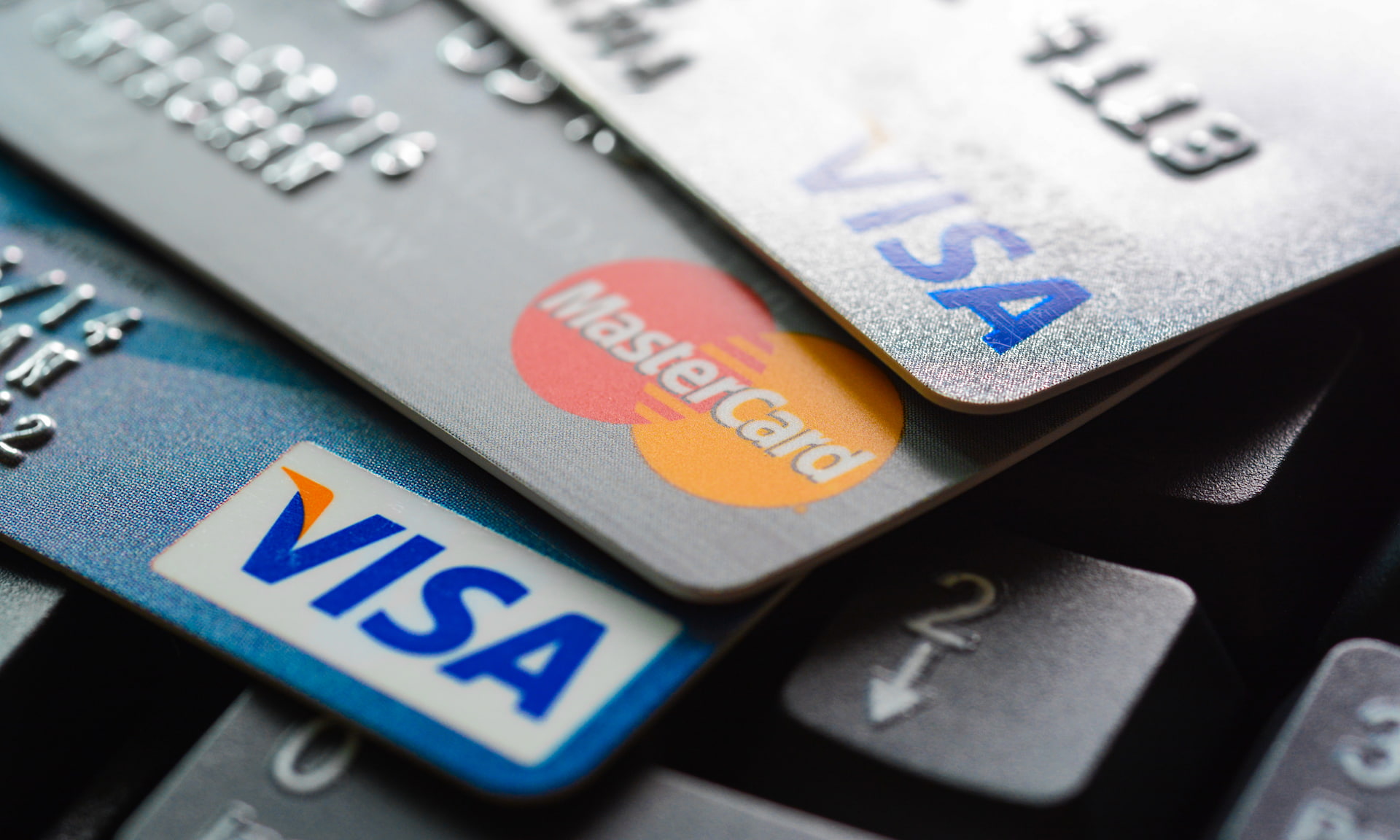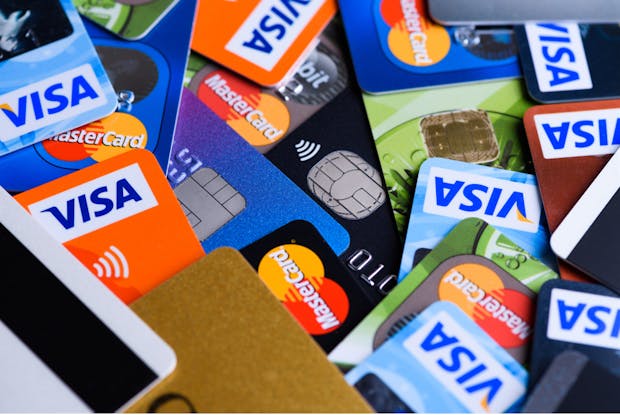Americans are getting tons of new credit cards to keep up with inflation.

Americans opened new credit cards in response to the rise in oil prices and inflation brought on by Russia’s invasion of Ukraine in February.
According to new Equifax data, banks issued 18.6 million new credit cards in the first three months of 2022, a 28 percent increase over the same period last year.
An ongoing tendency has intensified. Since the distribution of the COVID-19 stimulus payments, lenders have been vying for the business of borrowers with a surplus of post-pandemic cash. The issue is that Americans are quickly depleting their savings, and the promise of gleaming new credit lines may encourage more people to borrow money as they squander their savings.
Americans opened 73.5 million new credit cards in total in 2021. If people continue opening new cards at the current rate, we will surpass last year’s total by about 1 million, according to a little math.

There are a lot more open lines of credit as a result of all those new cards. The total credit limit for the country has increased by $91.2 billion as a result of all these new cards, or nearly 60% year over year. In comparison to March of the previous year, the average credit limit for new bank cards opened in March was $5,049, an increase of almost 30%.
Furthermore, sub-prime borrowers—defined as those with VantageScore credit scores below 620—will receive a larger portion of that pie. Banks are becoming more inclined to lend to subprime borrowers even though they represent a very small percentage of the market in terms of absolute dollars and typically have significantly lower credit limits than those who have better credit scores.
According to Equifax, the sum of all subprime credit limits increased by almost 43% in the first quarter of 2022 compared to the same period in 2017. And others are already making use of that credit.
Revolving credit, which is sometimes used as a synonym for credit cards since it refers to a borrowing agreement without a set due date, increased at an annualized pace of about 20% in April, according to data from the Federal Reserve. That, too, implies that as prices for a wide range of necessities continue to climb, so does people’s demand for borrowing.
According to experts, credit indicators aren’t yet flashing alarm signals. Overall credit usage as of the end of March was hovering around 20%, which is well within the range of the 30% credit experts use as a general guideline when counselling borrowers on how much of their available credit they should draw at any given time.
The looming worry is that greater limitations may ultimately lead to consumers taking on more debt in order to deal with inflation, which will cost more and more to serve as the Fed raises interest rates in an effort to combat inflation.
If you’re considering getting a new credit card, look for one that offers a starting period of 0% interest—as long as you’re sure you can pay off the total accumulated during that time before the teaser rate expires. If you anticipate carrying a balance, get a credit card with the lowest interest rate you can find.
Here are three strategies for coping with inflation, rate hikes, and credit issues.
According to a recent survey, roughly three in five Americans acknowledge they live paycheck to paycheck as they battle to make ends meet and pay the escalating expenses of food, petrol, and nearly everything else. Additionally, more than 25% report having spent more money than they had in the previous six months.
Some people may use credit cards as a payment method. However, the poll indicated that many people who are living paycheck to paycheck have had trouble making regular payments on cards that hold a higher-than-average card amount.

So, how can you manage your credit and credit cards more effectively in a difficult financial situation? Here are three pointers to get you going.
- Reduce your credit card’s interest rate.
The Federal Reserve is raising interest rates to help reduce demand in an effort to control inflation. But as a result, borrowing costs on everything from credit cards to vehicle loans are significantly higher. According to Lending Tree, the typical annual percentage rate for a new credit card is currently higher than 20%.
By moving to a balance transfer card with 0% interest or transferring your existing balances on high-interest credit cards to one that gives 0% interest, at least temporarily, you can try to pay little or no interest on your cards. Many of these credit cards offer introductory rates of 0% for 12 to 15 months; some of these rates may be good for two years.
- To control balances, use autopay and alerts.
According to a VantageScore survey, the average credit card amount in May 2022 was $5,219, an increase of roughly $500 over the previous year. According to the analysis, credit card delinquencies, or payments that are 30 to 90 days late, have been increasing since spring 2021, along with rising account balances.

According to Credit Karma CEO Kenneth Lin, consumer delinquencies are once again on the rise. They have virtually increased since the pandemic’s low, which is alarming.
Set up automatic payments so that at least the minimum amount required (or better yet, a little extra money) is deducted from your bank account and sent straight to the card issuer each month to ensure that you pay your credit card bills on time.
Then, mark the days when the money will be pulled and the payment due date by setting up calendar reminders and alerts on your phone, laptop, or physical calendar. Verify again on both dates to be sure the transaction and payment were completed.
Avoid late fees because they can cost you up to $30 for the first offence and $41 for successive ones. In order to prevent interest charges, attempt to pay the balance in full each month if at all possible.
- Avoid using personal loans or the “buy now, pay later” strategy.
Some customers could decide to use a personal loan to consolidate their credit card debt. Depending on your credit score, the interest rate on a personal loan can be cheaper than the rate on your current credit card. In general, the lower the rate, the greater your score. Personal loan interest rates currently range from 3 to 36 percent, according to Bankrate.
Personal loan rates, on the other hand, are variable and will increase if the Fed raises interest rates. Your credit history may benefit by making consistent, on-time payments on your personal loan.
However, some credit experts are concerned that after consumers have shifted balances to a personal loan, some may resume accruing credit card debt. You might want to ask someone to hide the cards for those of you who might be tempted to do so.
In the meantime, an Experian study indicated that four out of five consumers stated they utilise BNPL to avoid credit card debt as buy-now-pay-later goods grow in popularity. With BNPL, it may be enticing to be able to purchase products with what are essentially short-term loans, pay a down payment, and then pay in three additional instalments over the course of six weeks.
But typically, BNPL products don’t submit your payment details to the major credit bureaus (Equifax, Experian and TransUnion). However, they might notify them if you skip a payment and become behind on your payments. Therefore, having a good payment history won’t help your credit, and bad information may appear on your credit report and lower your credit score.
Edited by Prakriti Arora





